





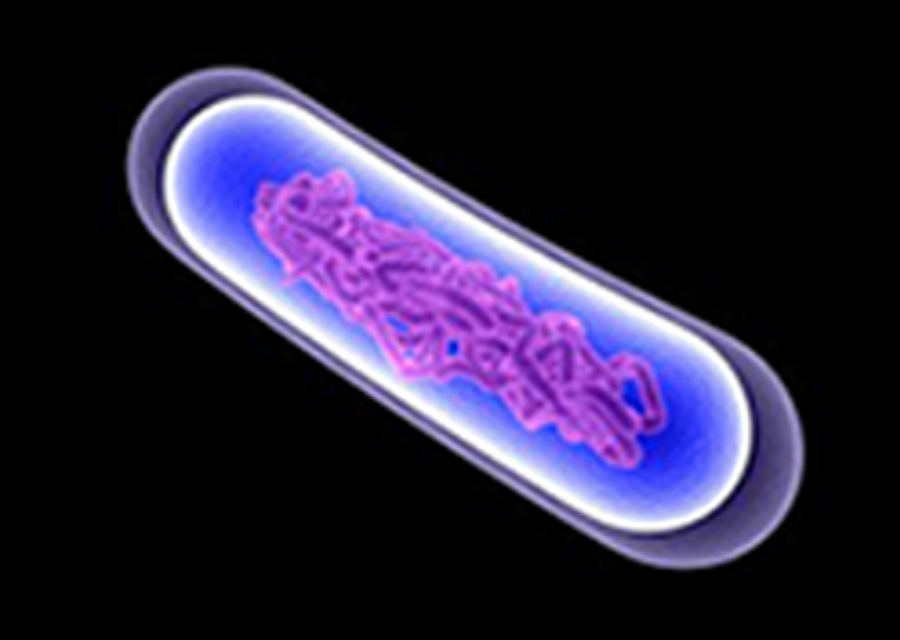



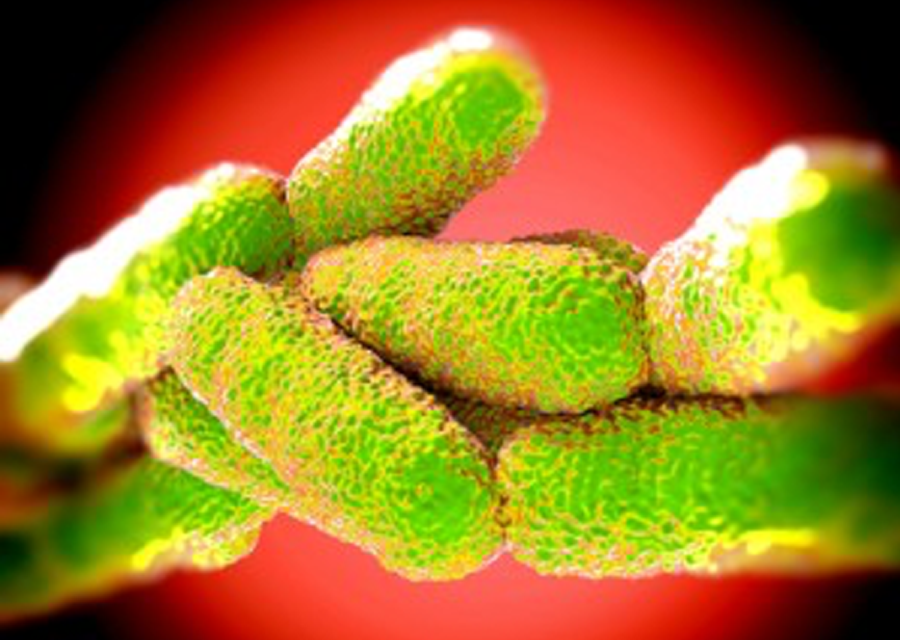

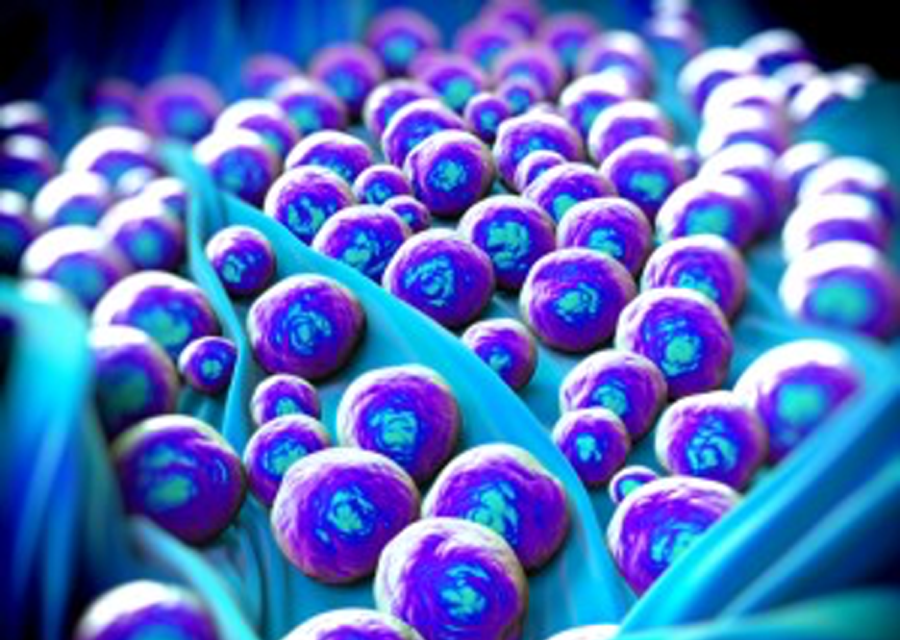
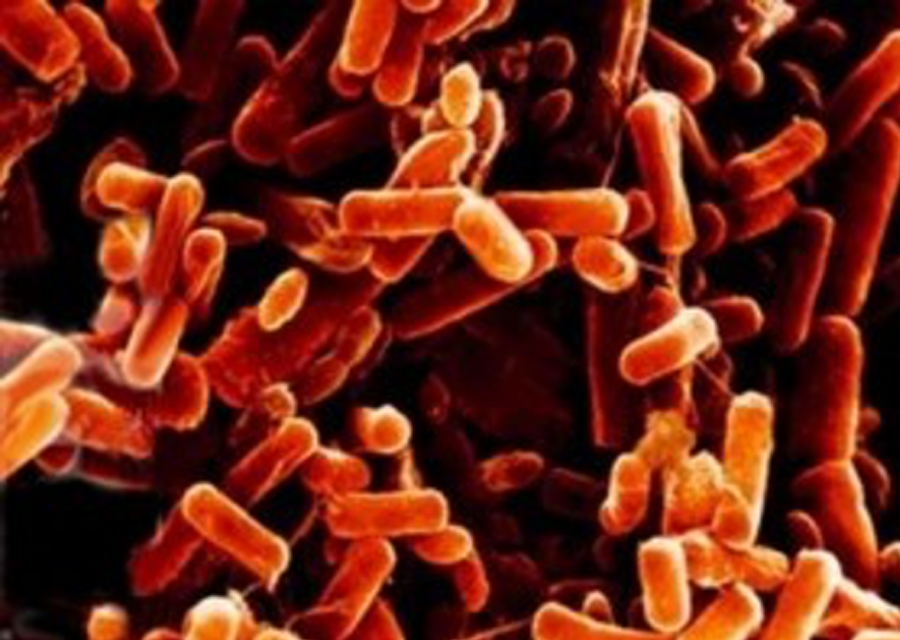
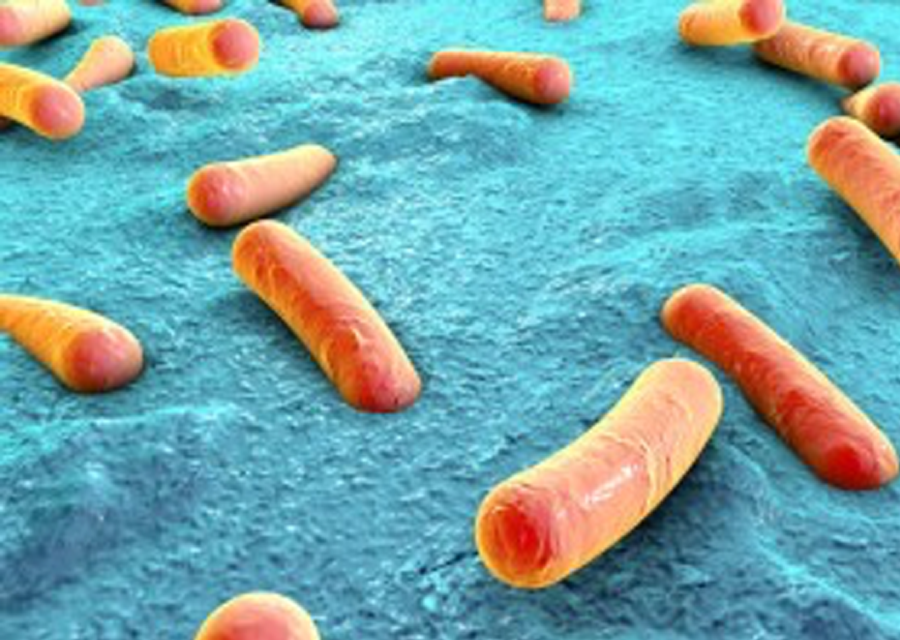

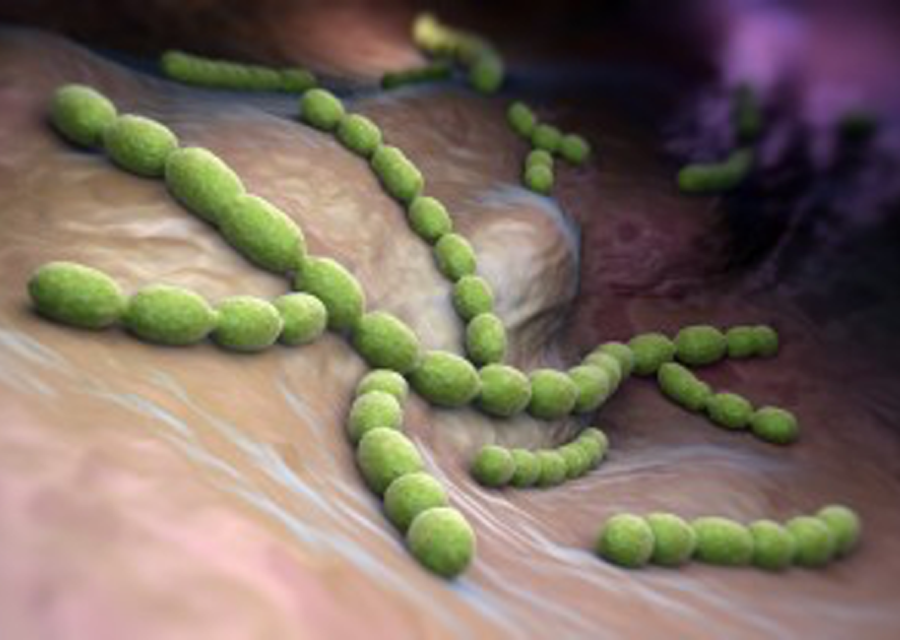
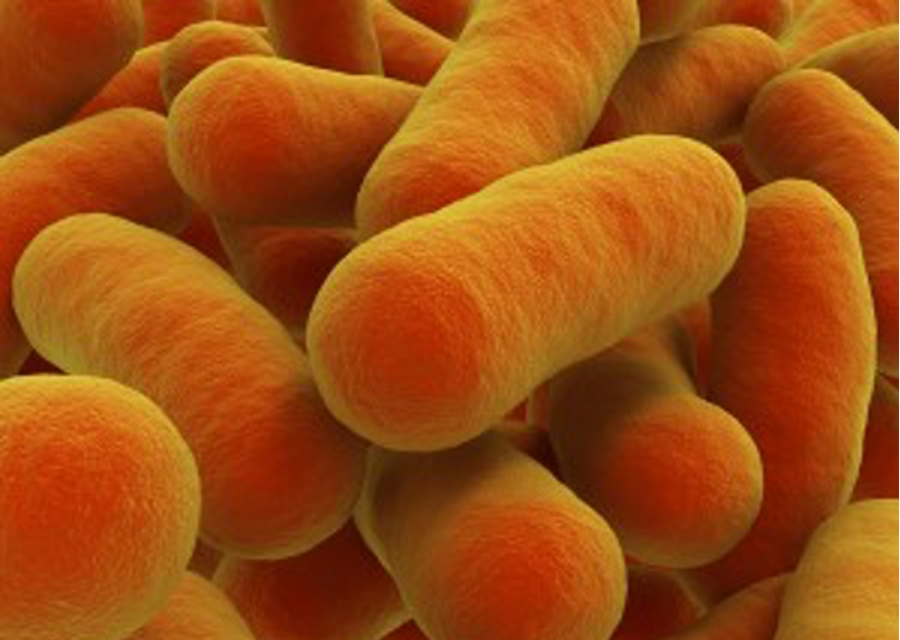

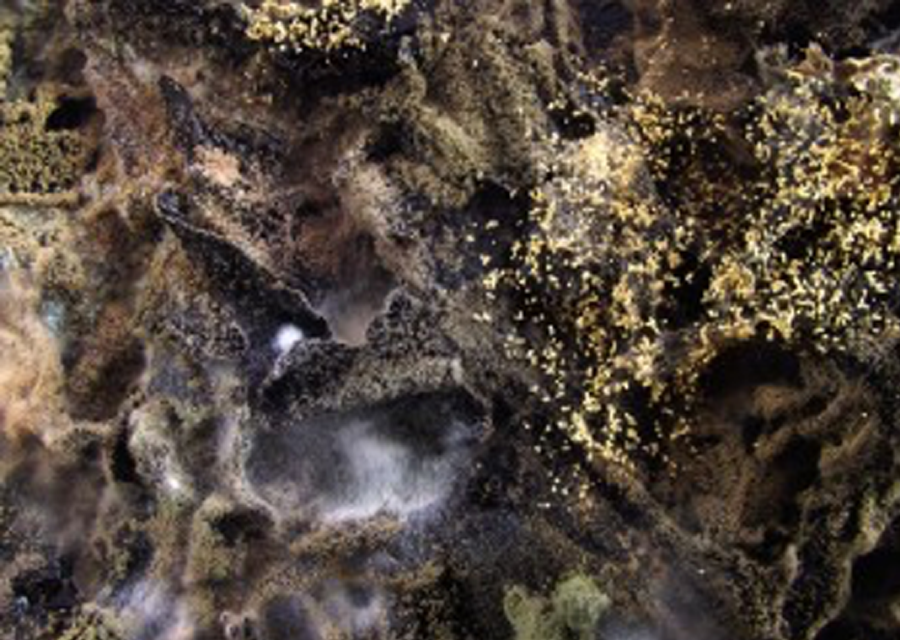



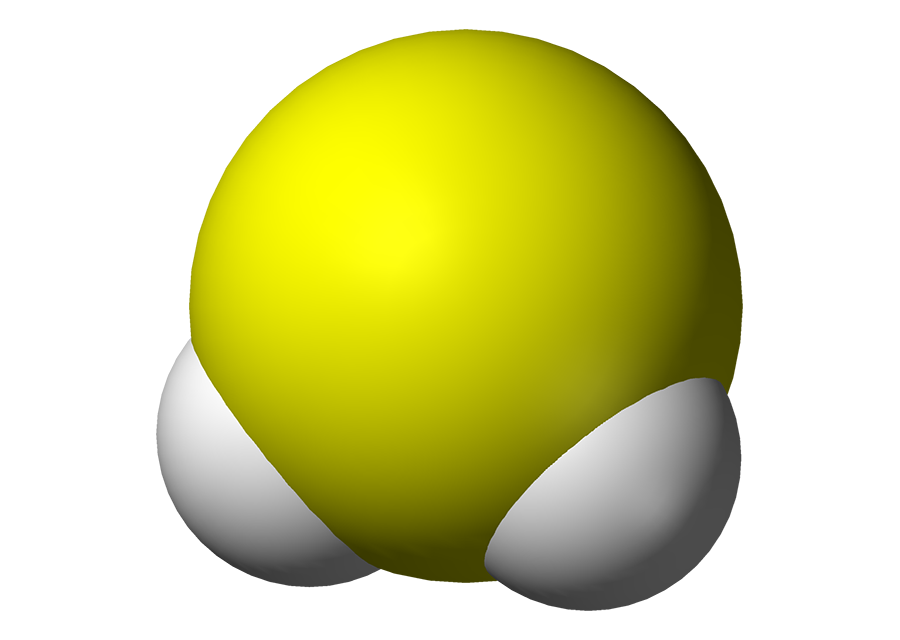
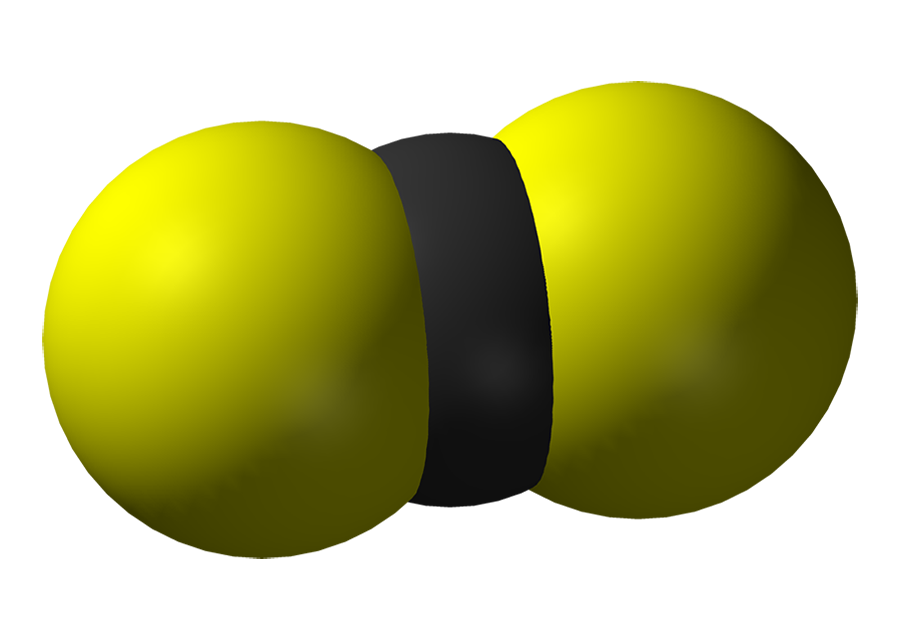






In our New Normal, the public deserves the confidence of Indoor Air Quality (IAQ) solutions that are backed by science. In restaurants, schools, business, places of worship and our homes; we need tested, safe, proven and affordable solutions. Our IAQ solution provides the peace of mind needed to safely get America back to work.
Today, everyone is aware of the risk of person-to-person infection by respiratory particles and aerosols (very small infected airborne particulates). Safe Air Home offers an IAQ system that can reduce this risk by proactively neutralizing many viruses, bacteria, and mold within an occupied conditioned space. This active air purification system eliminates the need for airborne particles to travel through a HVAC UV air purification or filter system, or even the stand-alone room filter systems available today. There is no need for continuing filter replacement of expensive filters to “catch” the airborne particles before they infect occupants.
Legalese (disclaimer): Safe Air Home makes no medical claims. The summary and any comments herein are based on the results from independent laboratory studies performed under controlled conditions. The product(s) and technologies offered are not medical devices and are not intended to diagnose, treat, cure, or prevent any disease, virus or illness.
In our New Normal, the public deserves the confidence of Indoor Air Quality (IAQ) solutions that are backed by science. In restaurants, schools, business, places of worship and our homes; we need tested, safe, proven and affordable solutions. Our IAQ solution provides the peace of mind needed to safely get America back to work.
Today, everyone is aware of the risk of person-to-person infection by respiratory particles and aerosols (very small infected airborne particulates). Safe Air Home offers an IAQ system that can reduce this risk by proactively neutralizing many viruses, bacteria, and mold within an occupied conditioned space. This active air purification system eliminates the need for airborne particles to travel through a HVAC UV air purification or filter system, or even the stand-alone room filter systems available today. There is no need for continuing filter replacement of expensive filters to “catch” the airborne particles before they infect occupants.
Legalese (disclaimer): Safe Air Home makes no medical claims. The summary and any comments herein are based on the results from independent laboratory studies performed under controlled conditions. The product(s) and technologies offered are not medical devices and are not intended to diagnose, treat, cure, or prevent any disease, virus or illness.
The test procedure used the SARS-CoV-2 virus inside a large chamber (1,280 cu. ft.) representing a real-world air-conditioned office or home. The virus was nebulized into the space simulating a sneeze or cough from an infected person. With the
REME HALO® operating inside the chamber the virus was reduced on contact, resulting in a 99.9% reduction of the virus within the simulated real-world space.
The test procedure used the SARS-CoV-2 virus inside a large chamber (1,280 cu. ft.) representing a real-world air-conditioned office or home. The virus was nebulized into the space simulating a sneeze or cough from an infected person. With the
REME HALO® operating inside the chamber the virus was reduced on contact, resulting in a 99.9% reduction of the virus within the simulated real-world space.



Avian influenza is an infection caused by avian (bird) influenza (flu) viruses. These influenza viruses occur naturally among birds. Wild birds worldwide carry the viruses in their intestines, but usually do not die from them. However, avian influenza is very contagious among birds and can make some domestic birds, including chickens, ducks and turkeys, very sick and kill them. Of the few avian influenza viruses that have crossed the species barrier to infect humans, H5N1 has had the largest number of detected cases of severe disease and death in humans. Of the human cases associated with the H5N1 outbreaks in poultry and wild birds in Asia, Europe, the Near East and Africa, more than half of those people reported infected with the virus died. While there has been some human-to-human spread in H5N1, it has been limited, inefficient and un-sustained.






Legionella is a group of pathogenic bacteria that is one of the most frequent causes of waterborne disease in humans. They are found naturally in the environment and grow best in warm water. One type of pneumonia caused by Legionella is called legionellosis, or commonly known as Legionnaires’ disease. The disease is transmitted when people breathe in a mist or vapor with the bacteria. However, they do not spread from one person to another person.
Source: CDC Centers for Disease Control
Tested by Kansas State University
Legionella is a group of pathogenic bacteria that is one of the most frequent causes of waterborne disease in humans. They are found naturally in the environment and grow best in warm water. One type of pneumonia caused by Legionella is called legionellosis, or commonly known as Legionnaires’ disease. The disease is transmitted when people breathe in a mist or vapor with the bacteria. However, they do not spread from one person to another person.
Source: CDC Centers for Disease Control
Tested by Kansas State University


Listeria monocytogenes is a bacterium that causes listeriosis. They are commonly found in soil and water. Animals can carry the bacterium without appearing ill and can contaminate foods of animal origin, such as meats and dairy products. Most human infections follow consumption of contaminated food such as uncooked meats; unpasteurized milk and cheeses, and cooked or processed foods such as ready-to-eat meats. Unlike most bacteria, Listeria can grow at refrigerated temperatures. The disease primarily affects older adults, pregnant women, newborns, and adults with weakened immune systems.
Source: CDC Centers for Disease Control
Tested by Kansas State University, Steris Labs, KAG/Eco Labs
Listeria monocytogenes is a bacterium that causes listeriosis. They are commonly found in soil and water. Animals can carry the bacterium without appearing ill and can contaminate foods of animal origin, such as meats and dairy products. Most human infections follow consumption of contaminated food such as uncooked meats; unpasteurized milk and cheeses, and cooked or processed foods such as ready-to-eat meats. Unlike most bacteria, Listeria can grow at refrigerated temperatures. The disease primarily affects older adults, pregnant women, newborns, and adults with weakened immune systems.
Source: CDC Centers for Disease Control
Tested by Kansas State University, Steris Labs, KAG/Eco Labs


Methicillin-resistant Staphylococcus aureus (MRSA) is a type of bacterium responsible for difficult to treat infections due to its resistance to certain antibiotics. These antibiotics include methicillin and other more common antibiotics such as oxacillin, penicillin and amoxicillin. Staph infections, including MRSA, occur most frequently among persons in hospitals and healthcare facilities (such as nursing homes and dialysis centers) who have weakened immune systems. In the community, most MRSA infections are skin infections. In medical facilities, MRSA causes life-threatening bloodstream infections, pneumonia and surgical site infections. RGF along with a major hospital participated in a two-year study evaluating PHI technology, which resulted in a 33.4% reduction in infections.
Source: CDC Centers for Disease Control and Prevention
Tested by Kansas State
Methicillin-resistant Staphylococcus aureus (MRSA) is a type of bacterium responsible for difficult to treat infections due to its resistance to certain antibiotics. These antibiotics include methicillin and other more common antibiotics such as oxacillin, penicillin and amoxicillin. Staph infections, including MRSA, occur most frequently among persons in hospitals and healthcare facilities (such as nursing homes and dialysis centers) who have weakened immune systems. In the community, most MRSA infections are skin infections. In medical facilities, MRSA causes life-threatening bloodstream infections, pneumonia and surgical site infections. RGF along with a major hospital participated in a two-year study evaluating PHI technology, which resulted in a 33.4% reduction in infections.
Source: CDC Centers for Disease Control and Prevention
Tested by Kansas State


The bacterial genus Pseudomonas includes plant pathogenic bacteria such as P. syringae, the opportunistic human pathogen, P. aeruginosa, the ubiquitous soil bacterium P. putida, and some species that are known to cause spoilage of unpasteurized milk and other dairy products. The Pseudomonads are metabolically diverse, can consequently colonize a wide range of niches, and are generally perceived to be agents of spoilage and degradation
Tested by Kansas State University
The bacterial genus Pseudomonas includes plant pathogenic bacteria such as P. syringae, the opportunistic human pathogen, P. aeruginosa, the ubiquitous soil bacterium P. putida, and some species that are known to cause spoilage of unpasteurized milk and other dairy products. The Pseudomonads are metabolically diverse, can consequently colonize a wide range of niches, and are generally perceived to be agents of spoilage and degradation
Tested by Kansas State University


The bacterial genus Pseudomonas includes plant pathogenic bacteria such as P. syringae, the opportunistic human pathogen, P. aeruginosa, the ubiquitous soil bacterium P. putida, and some species that are known to cause spoilage of unpasteurized milk and other dairy products. The Pseudomonads are metabolically diverse, can consequently colonize a wide range of niches, and are generally perceived to be agents of spoilage and degradation
Tested by Kansas State University
Salmonella is the name of a group of bacteria and is one of the most common causes of food poisoning in the United States. Every year one million people are infected, with more than 19,000 hospitalizations and 380 deaths.
Source: Food Safety /CDC Center for Disease Control
Tested by Kansas State University


Staphylococcus aureus, often referred to simply as “staph”, is a bacterium commonly found on the skin and in the nose of people. Person-to-person transmission is the usual form of spread and occurs through contact with secretions from infected skin lesions, nasal discharge or spread via the hands. People infected with staph experience nausea, vomiting, stomach cramps and diarrhea. It is usually mild, and most patients recover after one to three days.
Information Source: CDC: Center for Disease Control and FDA (FOOD AND DRUG ADMINISTRATION)
Tested by Kansas State University
Staphylococcus aureus, often referred to simply as “staph”, is a bacterium commonly found on the skin and in the nose of people. Person-to-person transmission is the usual form of spread and occurs through contact with secretions from infected skin lesions, nasal discharge or spread via the hands. People infected with staph experience nausea, vomiting, stomach cramps and diarrhea. It is usually mild, and most patients recover after one to three days.
Information Source: CDC: Center for Disease Control and FDA (FOOD AND DRUG ADMINISTRATION)
Tested by Kansas State University


S. pneumonia is an exclusively human pathogen and is spread from person-to-person by respiratory droplets, meaning that transmission generally occurs during coughing or sneezing to others within 6 feet of the carrier. The bacteria can cause many types of illnesses, including meningitis, ear infections, sinus infections, and bacteremia. Health experts estimate that more than 10 million mild infections (throat and skin) like these occur every year.
Information Source: CDC Centers for Disease Control
Tested by Kansas State University
S. pneumonia is an exclusively human pathogen and is spread from person-to-person by respiratory droplets, meaning that transmission generally occurs during coughing or sneezing to others within 6 feet of the carrier. The bacteria can cause many types of illnesses, including meningitis, ear infections, sinus infections, and bacteremia. Health experts estimate that more than 10 million mild infections (throat and skin) like these occur every year.
Information Source: CDC Centers for Disease Control
Tested by Kansas State University


Tuberculosis is caused by the bacterium Mycobacterium tuberculosis. It typically attacks the lungs but can also affect other parts of the body. It is spread through the air when people with infection cough, sneeze, or otherwise transmit their saliva through the air. Most infections are asymptomatic and latent, but about one in ten latent infections eventually progresses to active disease. If left untreated, Tuberculosis kills more than 50% of those so infected.
Sources: Health and Industry / CDC Center for Disease Control
Tested by Kansas State University
Tuberculosis is caused by the bacterium Mycobacterium tuberculosis. It typically attacks the lungs but can also affect other parts of the body. It is spread through the air when people with infection cough, sneeze, or otherwise transmit their saliva through the air. Most infections are asymptomatic and latent, but about one in ten latent infections eventually progresses to active disease. If left untreated, Tuberculosis kills more than 50% of those so infected.
Sources: Health and Industry / CDC Center for Disease Control
Tested by Kansas State University


Group A Streptococcal (strep) infections are caused by group A streptococcus, a bacterium responsible for a variety of health problems. Most infections are relatively mild illnesses, such as “strep throat”. These bacteria spread through direct contact with mucus from the nose or throat of people who are sick with an infection, or through contact with infected wounds or sores on the skin.
Source: U.S. Department of Health and Human Services, CDC Center for Disease Control
Tested by Kansas State University
Group A Streptococcal (strep) infections are caused by group A streptococcus, a bacterium responsible for a variety of health problems. Most infections are relatively mild illnesses, such as “strep throat”. These bacteria spread through direct contact with mucus from the nose or throat of people who are sick with an infection, or through contact with infected wounds or sores on the skin.
Source: U.S. Department of Health and Human Services, CDC Center for Disease Control
Tested by Kansas State University


The purpose of these tests was to evaluate the effect RGF’s Advanced Oxidation Technology has on mold, yeast and bacteria (TPC). This test was performed utilizing a standard 2,000 sq. ft. home and 3,000 sq. ft. simulated home.
Tested by California Microbiology Center
The purpose of these tests was to evaluate the effect RGF’s Advanced Oxidation Technology has on mold, yeast and bacteria (TPC). This test was performed utilizing a standard 2,000 sq. ft. home and 3,000 sq. ft. simulated home.
Tested by California Microbiology Center


Stachybotrys is a greenish-black fungus found worldwide that colonizes particularly well in high-cellular material, such as straw, hay, paper, dust, lint, and cellulose containing building materials such as fiber board and gypsum board that become chronically moist or water damaged due to excessive humidity, water leaks, condensation or flooding. Stachybotrys chartaurum grows and produces spores in the temperature range of 36-104F. It is also capable of producing several toxins; however, researchers still know little about the temperature and moisture conditions under which these toxins are produced.
Source: Health and Industry
Tested by Kansas State University
Stachybotrys is a greenish-black fungus found worldwide that colonizes particularly well in high-cellular material, such as straw, hay, paper, dust, lint, and cellulose containing building materials such as fiber board and gypsum board that become chronically moist or water damaged due to excessive humidity, water leaks, condensation or flooding. Stachybotrys chartaurum grows and produces spores in the temperature range of 36-104F. It is also capable of producing several toxins; however, researchers still know little about the temperature and moisture conditions under which these toxins are produced.
Source: Health and Industry
Tested by Kansas State University

Compound (VOC's)

Many of the VOC’s manifest themselves as organic or chemical smells produced from the microbial breakdown of organic material. The following chemical smells are effectively reduced to 0% over time (24 hours) in the VOC testing.
Methyl Metharcyline (Plastic) – 100% reduction
Butyl Acetate (Sweet Banana) – 100% reduction
Methyl Mercaptan (Rotten Cabbage) – 100% reduction
Source: Gas Chromatograph/Mass Spectrometer test performed on airborne chemical compound reduction using RGF’s Advanced Oxidation Technology.
Tested by GC/MS Nelap Accredited Independent Lab
Many of the VOC’s manifest themselves as organic or chemical smells produced from the microbial breakdown of organic material. The following chemical smells are effectively reduced to 0% over time (24 hours) in the VOC testing.
Methyl Metharcyline (Plastic) – 100% reduction
Butyl Acetate (Sweet Banana) – 100% reduction
Methyl Mercaptan (Rotten Cabbage) – 100% reduction
Source: Gas Chromatograph/Mass Spectrometer test performed on airborne chemical compound reduction using RGF’s Advanced Oxidation Technology.
Tested by GC/MS Nelap Accredited Independent Lab


Ethylene is a naturally occurring small hydrocarbon gas that serves as an aging hormone in plants. Ethylene gas will ripen tomatoes, bananas, pears and a few other fruits postharvest. Premature ripening caused by naturally occurring ethylene gas will negatively influence the fruit’s texture and color, as well as shorten the time cycle for processors to ship to market. By reducing ethylene gas levels, PHI treatment provides the packing house with more time to process and ship before spoilage. A controlled test was performed where high levels of ethylene gas were introduced into a test chamber (25ppm), and when treated with a PHI cell the gas levels were reduced to 3.6 ppm in 12 hours.
Tests were conducted using an ASHRAE compliant HVAC testing system connected to a secondary test chamber.
Ethylene is a naturally occurring small hydrocarbon gas that serves as an aging hormone in plants. Ethylene gas will ripen tomatoes, bananas, pears and a few other fruits postharvest. Premature ripening caused by naturally occurring ethylene gas will negatively influence the fruit’s texture and color, as well as shorten the time cycle for processors to ship to market. By reducing ethylene gas levels, PHI treatment provides the packing house with more time to process and ship before spoilage. A controlled test was performed where high levels of ethylene gas were introduced into a test chamber (25ppm), and when treated with a PHI cell the gas levels were reduced to 3.6 ppm in 12 hours.
Tests were conducted using an ASHRAE compliant HVAC testing system connected to a secondary test chamber.


Hydrogen sulfide (C2S) is a chemical compound that is a colorless chalcogen hydride gas with the characteristic foul odor of rotten eggs. It is very poisonous, corrosive, and flammable. Hydrogen sulfide is often produced from the microbial breakdown of organic matter in the absence of oxygen gas.
Source: Gas Chromatograph/Mass Spectrometer test performed on airborne chemical compound reduction using RGF’s Advanced Oxidation Technology.
Tested by GC/MS Nelap Accredited Independent Lab
Hydrogen sulfide (C2S) is a chemical compound that is a colorless chalcogen hydride gas with the characteristic foul odor of rotten eggs. It is very poisonous, corrosive, and flammable. Hydrogen sulfide is often produced from the microbial breakdown of organic matter in the absence of oxygen gas.
Source: Gas Chromatograph/Mass Spectrometer test performed on airborne chemical compound reduction using RGF’s Advanced Oxidation Technology.
Tested by GC/MS Nelap Accredited Independent Lab


Carbon disulfide (CS2) is a colorless volatile liquid. The compound is used frequently as an industrial and chemical non-polar solvent. It has an "ether-like" odor, but commercial samples are typically contaminated with foul-smelling impurities.
Source: Gas Chromatograph/Mass Spectrometer test performed on airborne chemical compound reduction using RGF’s Advanced Oxidation Technology.
Tested by GC/MS Nelap Accredited Independent Lab
Carbon disulfide (CS2) is a colorless volatile liquid. The compound is used frequently as an industrial and chemical non-polar solvent. It has an "ether-like" odor, but commercial samples are typically contaminated with foul-smelling impurities.
Source: Gas Chromatograph/Mass Spectrometer test performed on airborne chemical compound reduction using RGF’s Advanced Oxidation Technology.
Tested by GC/MS Nelap Accredited Independent Lab


Formaldehyde is a colorless, flammable, strong-smelling chemical that is used in building materials and to produce many household products. It is commonly used as an industrial fungicide, germicide and disinfectant. When formaldehyde is present in the air at levels exceeding 0.1 ppm, some people may experience adverse effects including burning sensations in the eyes, nose, and throat, watery eyes, coughing, nausea, as well as skin irritation. The purpose of this test was to evaluate the effect RGF’s Advanced Oxidation Technology has on formaldehyde.
Tests were conducted in a Class II Bio test chamber by Kansas State University
Formaldehyde is a colorless, flammable, strong-smelling chemical that is used in building materials and to produce many household products. It is commonly used as an industrial fungicide, germicide and disinfectant. When formaldehyde is present in the air at levels exceeding 0.1 ppm, some people may experience adverse effects including burning sensations in the eyes, nose, and throat, watery eyes, coughing, nausea, as well as skin irritation. The purpose of this test was to evaluate the effect RGF’s Advanced Oxidation Technology has on formaldehyde.
Tests were conducted in a Class II Bio test chamber by Kansas State University

in 24 hours

The purpose of this test was to evaluate the effect RGF’s Advanced Oxidation Technology has on cleaning chemicals, pet odors and perfume odors. This test was performed utilizing two 500 cubic foot test chambers and a ten-person odor panel. The qualitative assessments of the ten-person odor panel were then used to determine the odor reduction.
Tested by C&W Engineering (Independent PE Firm)
The purpose of this test was to evaluate the effect RGF’s Advanced Oxidation Technology has on cleaning chemicals, pet odors and perfume odors. This test was performed utilizing two 500 cubic foot test chambers and a ten-person odor panel. The qualitative assessments of the ten-person odor panel were then used to determine the odor reduction.
Tested by C&W Engineering (Independent PE Firm)

Reduction in 24 Hours
(1000 - 0.1um)

Particle Reduction - Over Time
12 hours ISO Class 4 (10,000 – 0.1um)
24 hours ISO Class 3 (1,000 – 0.1um)
The REME® Cell (which is part of the HALO® LED) was evaluated for particulate reduction in a particle test chamber. Particle counts where reduced to ISO Class 4 levels (10,000 – 0.1um) within 12 hours of exposure to the REME® Cell. After 24 hours of treatment, ISO Class 3 levels (1,000 – 0.1um) were achieved.
Typical HEPA filtration is effective down to .3um.
Tested by Kansas State University, Performance Analytical Labs
Particle Reduction - Over Time
12 hours ISO Class 4 (10,000 – 0.1um)
24 hours ISO Class 3 (1,000 – 0.1um)
The REME® Cell (which is part of the HALO® LED) was evaluated for particulate reduction in a particle test chamber. Particle counts where reduced to ISO Class 4 levels (10,000 – 0.1um) within 12 hours of exposure to the REME® Cell. After 24 hours of treatment, ISO Class 3 levels (1,000 – 0.1um) were achieved.
Typical HEPA filtration is effective down to .3um.
Tested by Kansas State University, Performance Analytical Labs

(1000 - 0.1um)

Tested by: ETL, TUV to UL standards, CSA, Kansas State University, and other third parties to ensure compliance with federal safety standards.
Meets Intertek Sustainability for Mercury and Zero Ozone emissions.
Citified to meet California CARB Requirements.
Tested by: ETL, TUV to UL standards, CSA, Kansas State University, and other third parties to ensure compliance with federal safety standards.
Meets Intertek Sustainability for Mercury and Zero Ozone emissions.
Citified to meet California CARB Requirements.

